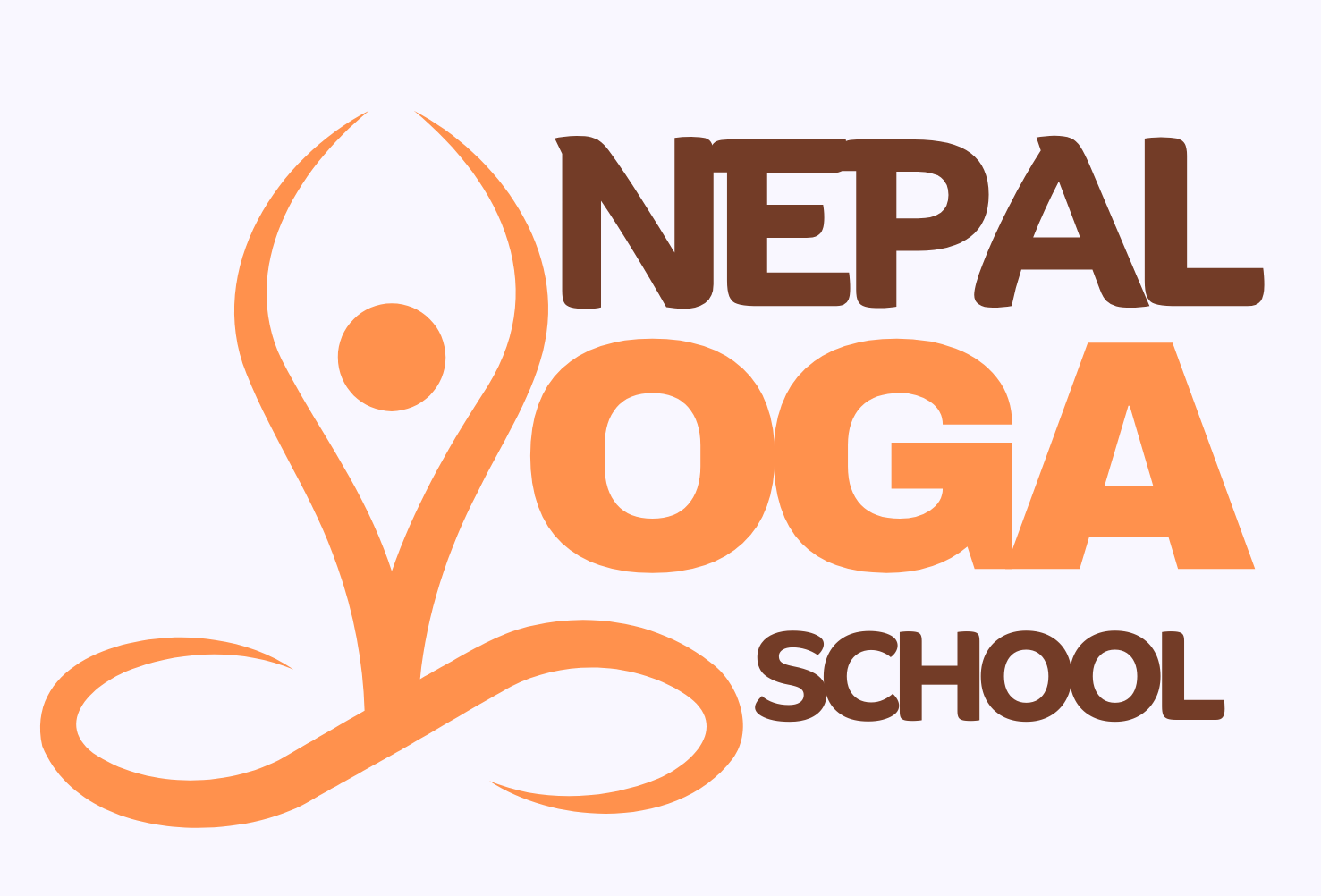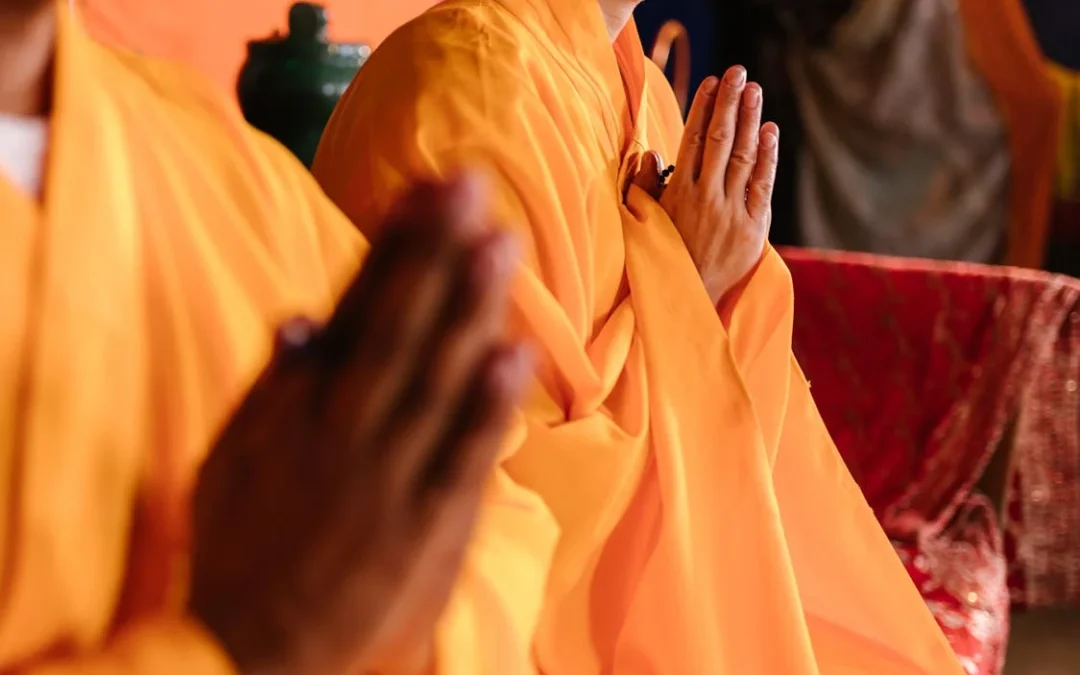Nepal, a land where the mountains whisper secrets of ancient wisdom, holds a deep connection with spiritual practices. Among its many sacred traditions, the role of mantras in Nepalese yoga holds a special significance. Mantras are not just words; they are vibrations that align the mind, body, and soul with the universe.
Mantras have been chanted for centuries by yogis, monks, and spiritual seekers in Nepal’s serene landscapes. The Himalayan temples echo with sacred syllables, offering seekers a pathway to inner peace and enlightenment. But what makes mantras so powerful? And why are they considered essential in Nepalese yoga traditions? Let’s dive deep into significance, power, how they continue to shape spiritual journeys and the genuine role of mantras rather than just mere syllables.
What is a Mantra?
A mantra is more than just a set of syllables. It is a sacred sound, a vibration that carries energy. In the Nepalese yoga tradition, mantras are used for meditation, healing, and transformation. Whether whispered, chanted, or silently repeated, each mantra carries a unique frequency that affects the mind and body.
In Sanskrit, “Mantra” comes from two root words: “Man” (mind) and “Tra” (tool or instrument). Essentially, a mantra is a tool to control the mind, guiding it away from distractions and into a deeper state of awareness.
Nepal’s connection with mantra chanting dates back thousands of years. The great yogis and sages of the Himalayas have passed down sacred chants, ensuring their authenticity and effectiveness. But one key fact remains—mantras should be given by a guru. A guru understands the disciple’s spiritual energy and provides the right mantra to help them progress on their journey.
The Power and Role of Mantras in Nepalese Yoga
The role of mantras in Nepalese yoga traditions is immense. Mantras influence our consciousness and shape our thoughts. When chanted correctly, they bring profound transformation. Let’s explore some of the roles of mantras and their key benefits:
1. Awakening Spiritual Energy
Chanting mantras helps awaken the kundalini energy, the dormant spiritual force believed to lie at the base of the spine. As mantras resonate through the body, they remove energetic blockages and allow this energy to rise, leading to higher states of consciousness.
2. Enhancing Meditation
In Nepal, monks and yogis chant mantras to deepen meditation. The rhythmic repetition creates a meditative state, slowing the mind’s endless chatter. This role of mantras help practitioners connect with their inner self and achieve mental clarity.
3. Healing the Body and Mind
Sound has a deep impact on the body. Every role of mantras is different as each mantra has a unique vibration that resonates with different parts of the body. For example, the “Om” mantra is believed to bring balance to the entire system, while others like “Maha Mrityunjaya Mantra” are used for physical healing and protection.
4. Purifying Negative Energies
Ancient Nepalese yoga traditions teach that negative energies can be removed through mantra chanting. Many people in Nepal still chant mantras daily to cleanse their aura, purify their surroundings, and invite positive vibrations into their lives.
5. Connecting with Divine Energy
In Nepal, temples and sacred sites vibrate with the sounds of mantras. The recitation of “Om Mani Padme Hum” is commonly heard in Buddhist monasteries, invoking the blessings of compassion and enlightenment. These chants help connect individuals with divine energy, filling their hearts with peace and devotion.
The Role of Gurus in Mantra Chanting
One of the most important aspects of mantra chanting in Nepalese yoga is the guidance of a guru. In Nepal, it is believed that mantras must be received from a guru rather than chosen randomly. But why?
- Correct Pronunciation: A guru ensures that mantras are chanted correctly. Incorrect pronunciation can alter the vibration and reduce its effectiveness.
- Personalized Mantras: Each individual has unique spiritual needs. A guru provides a mantra that aligns with one’s soul and life purpose.
- Spiritual Protection: Some mantras are powerful and require spiritual preparation. A guru guides the disciple to ensure they are mentally and energetically ready.
- Blessings and Transmission: A mantra received from a guru carries their blessings, amplifying its power. The ancient tradition of Guru-Shishya Parampara (teacher-student lineage) ensures that mantras retain their purity and strength.
Famous Mantras in Nepalese Yoga Traditions
1. Om (ॐ)
The universal sound, Om, is considered the seed mantra of creation. It represents the past, present, and future—connecting everything in existence. Chanting Om brings deep peace and aligns one’s energy with the cosmos.
2. Om Mani Padme Hum
This is one of the most famous Buddhist mantras, especially in Nepal and Tibet. It is chanted for compassion, purification, and enlightenment.
3. Gayatri Mantra
This Vedic mantra is chanted for its own role of mantras i.e. wisdom and spiritual awakening. It invokes divine light to remove ignorance and illuminate the path of truth.
4. Maha Mrityunjaya Mantra
Known as the “death-conquering mantra,” it is chanted for protection, health, and overcoming fear.
5. So Hum
A powerful mantra for self-realization, “So Hum” means “I am that.” “So Hum” has its own role of mantras that is for the practitioners to connect with their true essence.
Integrating Mantras into Daily Yoga Practice
Adding mantra chanting to your yoga routine can enhance its benefits. Here’s how you can incorporate mantras into your practice:
1. Start Your Yoga Session with Om Chanting
Before beginning asanas, chant Om three times. This helps calm the mind and prepares the body for practice.
2. Use Mantras in Meditation
Repeating a mantra during meditation brings deeper focus and mindfulness. Silent repetition (Japa) is a powerful technique used by yogis.
3. Chant During Pranayama
Breathing exercises (pranayama) become more effective when combined with mantras. For example, chanting “So Hum” while inhaling and exhaling synchronizes breath with awareness.
4. Set Intentions with Mantras
One of the main role of mantras is also to help set a spiritual intention for the day. Repeating a positive affirmation or sacred sound every morning brings clarity and purpose.
Conclusion
The role of mantras in Nepalese yoga traditions is profound and transformative. These sacred sounds have guided yogis for centuries, offering mental peace, physical healing, and spiritual elevation. However, their true power is unlocked when received from a guru, ensuring they are chanted correctly and with the right intention.
If you are seeking a deeper connection with yoga, incorporating mantra chanting into your practice can open new dimensions of awareness. Whether in a Himalayan monastery, a yoga retreat, or your meditation space at home, the role of mantras is to echo the wisdom of Nepal’s rich spiritual heritage.
So, the next time you roll out your yoga mat, remember—the sound you create is not just a word; it’s a vibration, a path, a connection to something greater than yourself. That is the real role of mantras in yoga, and that is why Nepalese traditions have preserved them with such devotion.
Are you ready to experience their power?

